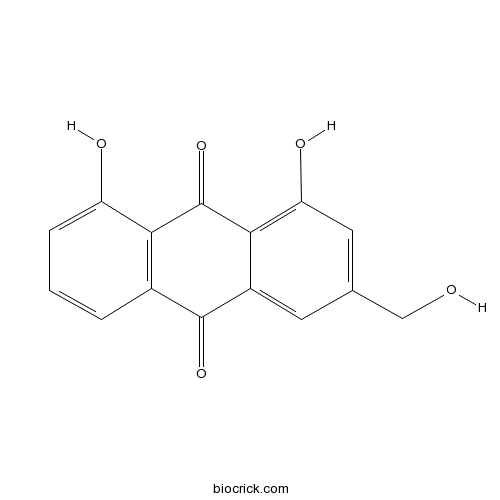Eremurus anisopterus
Eremurus anisopterus
1. The products in our compound library are selected from thousands of unique natural products; 2. It has the characteristics of diverse structure, diverse sources and wide coverage of activities; 3. Provide information on the activity of products from major journals, patents and research reports around the world, providing theoretical direction and research basis for further research and screening; 4. Free combination according to the type, source, target and disease of natural product; 5. The compound powder is placed in a covered tube and then discharged into a 10 x 10 cryostat; 6. Transport in ice pack or dry ice pack. Please store it at -20 °C as soon as possible after receiving the product, and use it as soon as possible after opening.
Natural products/compounds from Eremurus anisopterus
- Cat.No. Product Name CAS Number COA
-
BCN5565
Aloeemodin481-72-1
Instructions

Intermediate complex morphophysiological dormancy in seeds of the cold desert sand dune geophyte Eremurus anisopterus (Xanthorrhoeaceae; Liliaceae s.l.).[Pubmed: 25180288]
Little is known about morphological (MD) or morphophysiological (MPD) dormancy in cold desert species and in particular those in Liliaceae sensu lato, an important floristic element in the cold deserts of Central Asia with underdeveloped embyos. The primary aim of this study was to determine if seeds of the cold desert liliaceous perennial ephemeral Eremurus anisopterus has MD or MPD, and, if it is MPD, then at what level.
Pistillate flowers experience more pollen limitation and less geitonogamy than perfect flowers in a gynomonoecious herb.[Pubmed: 24111788]
Gynomonoecy, a sexual system in which plants have both pistillate (female) flowers and perfect (hermaphroditic) flowers, occurs in at least 15 families, but the differential reproductive strategies of the two flower morphs within one individual remain unclear. Racemes of Eremurus anisopterus (Xanthorrhoeaceae) have basal pistillate and distal perfect flowers. To compare sex allocation and reproductive success between the two flower morphs, we measured floral traits, pollinator preferences, and pollen movement in the field. Pollen limitation was more severe in pistillate flowers; bee pollinators preferred to visit perfect flowers, which were also capable of partial self-fertilization. Pollen-staining experiments indicated that perfect flowers received a higher proportion of intra-plant pollen (geitonogamy) than pistillate flowers. Plants with greater numbers of pistillate flowers received more outcross pollen. The differential reproductive success conformed with differential floral sex allocation, in which pistillate flowers produce fewer but larger ovules, resulting in outcrossed seeds. Our flower manipulations in these nectarless gynomonoecious plants demonstrated that perfect flowers promote seed quantity in that they are more attractive to pollinators, while pistillate flowers compensate for the loss of male function through better seed quality. These results are consistent with the outcrossing-benefit hypothesis for gynomonoecy.


